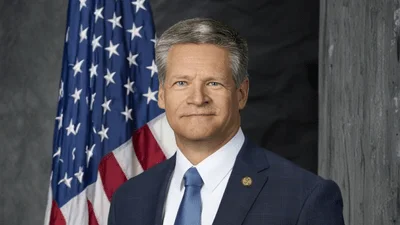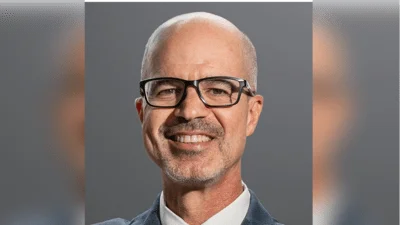The Congressional Record is a unique source of public documentation. It started in 1873, documenting nearly all the major and minor policies being discussed and debated.
“REPORT OF THE NORTHEAST-MIDWEST CONGRESSIONAL COALITION” mentioning the U.S. Dept. of Energy was published in the Extensions of Remarks section on pages E1482-E1483 on Sept. 14, 2000.
The publication is reproduced in full below:
REPORT OF THE NORTHEAST-MIDWEST CONGRESSIONAL COALITION
______
HON. MICHAEL F. DOYLE
of pennsylvania
in the house of representatives
Thursday, September 14, 2000
Mr. DOYLE. Mr. Speaker, today I apprise members of the House of issues that were raised during the May 5th Northeast-Midwest Congressional Coalition field hearing I chaired in Pittsburgh. This field hearing examined the future of the U.S. Steel and the role of Technology, and was held in conjunction with the U.S. Department of Energy, Office of Industrial Technologies Steel Showcase. I, along with Representative Klink, Representative Mascara, and Senator Santorum, gathered testimony from steel company executives and their partners regarding initiatives designed to increase the competitiveness of U.S. steel makers by developing advanced technologies for steel production. For the record, I am including an executive summary from the field hearing as part of my statement.
The panelists at the Pittsburgh Steel Showcase field hearing described the role of steel in the United States economy at the beginning of the 21st century. In compelling detail, Robert Riederer, CEO and President of Weirton Steel, fleshed out the struggle to surmount challenges to the continued viability of an industry that remains as vital today to our national security and American manufacturing as it has in the past. Paul Wilhelm of U.S. Steel spoke candidly of the need to protect the environment without adversely affecting the industry. Collectively, from the panelists' testimony emerged a vision of a bedrock industry competitive in world markets, environmentally and technically advanced, but threatened on two fronts: waves of imports dumped by countries reeling from constricted domestic markets, desperate to prop up exports, and heightened environmental standards at home. In response to this discussion, members of Congress and panelists explored the following solutions: tighter enforcement of anti-dumping provisions, close monitoring of steel scrap to ensure the purity of recycled steel, increased funding for various offices within the U.S. Department of Energy for research and development of new steel production technologies, and tax credits for investment, research, and development.
It is my hope that all House members will take time to read the full report as it contains a host of important information. And as always, I stand ready to work with my colleagues on issues in support of the steel industry.
Executive Summary
The panelists at the Congressional field hearing at the Pittsburgh steel showcase described the role of steel in the United States economy at the beginning of the 21st century. In compelling detail panelists like Robert Riederer, CEO and President of Weirton Steel, fleshed out the struggle to surmount challenges to the continued viability of an industry that remains as vital today to national security and American manufacturing as it has been in the past. Candidly Paul Wilhelm of U.S. Steel spoke of the need to protect the environment without killing the industry. From the panelists' testimony emerged a vision of a bedrock industry competitive in world markets, environmentally and technically advanced but threatened on two fronts: by waves of imports dumped by countries reeling from constricted domestic markets, desperate to prop up exports, and by ever tightening environmental standards at home. Panelists and Members of Congress explored the solutions: increased funding for U.S. Department of Energy Office of Industrial Technologies' Industries of the Future research and development of new steel production technologies, tighter enforcement of anti-dumping provisions, close monitoring of imported steel scrap to ensure the purity of recycled steel, and tax credits for investment and research and development.
____________________








